Choosing Yoga Poses to Improve Range of Motion Following Breast Cancer
 Assessing Range of Motion (ROM)
Assessing Range of Motion (ROM)
Following breast surgery/reconstruction, shoulder range of motion limitations (ROM) are not uncommon. Conducting a ROM assessment with a goniometer will help determine which areas need attention. I realize that this is not something that the majority of yoga instructors/therapists have training in, and is not always an option in a class setting. Before resuming or beginning a yoga practice following cancer surgery/treatment, students should have 90% or better of the lower end of the ROM norm. For example, the norm for flexion and abduction is 150-180 degrees. Therefore, the client should have at least 135 degrees in either of those planes of motion prior to holding a pose that would require them to have full range of motion in that plane.
It is important to address these issues because they can lead to additional joint deterioration, weakness, and/or frozen shoulder if not corrected. My suggestion is that prior to participation in a yoga class, each student receive an individual evaluation of posture and range of motion. This will allow you as the instructor to create an environment that is more conducive to healing and student’s personal needs and goals. If you are interested in learning more about the acute and chronic side-effects of cancer surgery and treatment, as well as how to conduct comprehensive assessments, you may want to consider becoming a Cancer Exercise Specialist through the Cancer Exercise Specialist Advanced Qualification training.
Conducting Yoga Classes for Cancer Patients
If you are going to conduct classes for cancer patients my suggestion would be to have all students enroll in the class, conduct your assessment and evaluation, and have a set starting and ending date for the class. By doing this not only are you able to ensure safety and efficacy, but you are not sidelined when a new student comes to class and needs individual attention. This makes it more difficult for you as the teacher and also takes away from the other students in class. An alternative to individual assessments is to dedicate the first class in your series to discussing lymphedema prevention and conducting a group assessment in front of the mirror. You can ask everyone in class to move through shoulder flexion, abduction, extension, and internal/external rotation. You can ask your students to wear colored rubber bracelets that identify any areas of concern. For example you might use blue for limited flexion, red for limited extension, green for those at risk of lymphedema, etc.
Instead of having your students “hold” a Warrior I pose (if they have limited shoulder flexion), you might suggest a Child’s pose that will allow them to passively improve shoulder flexion. Another option would be to keep the arm movement fluid rather than holding the pose.
Suggested Yoga Poses for Improving Shoulder ROM
FLEXION
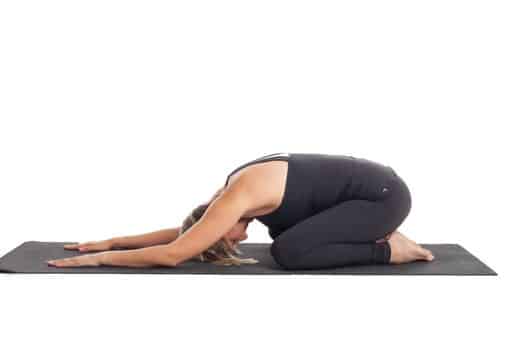
ABDUCTION
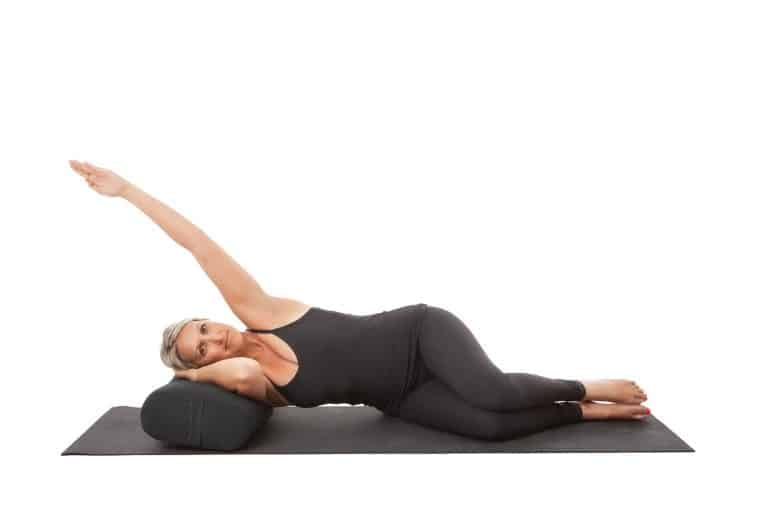
EXTENSION
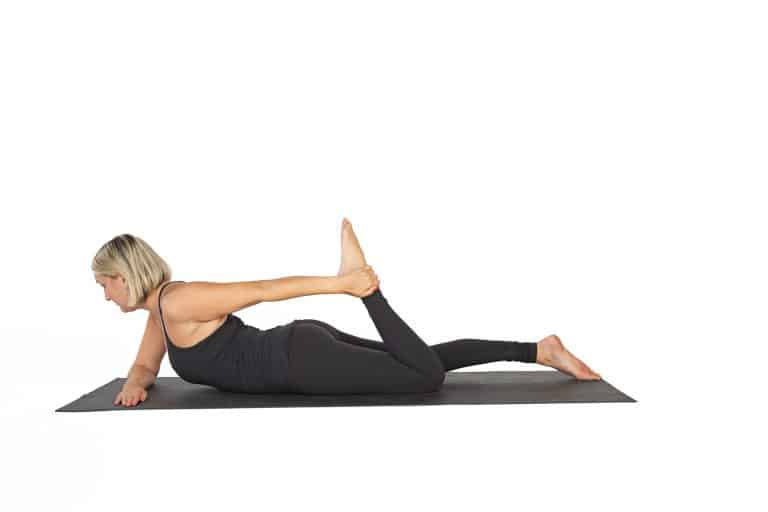
INTERNAL ROTATION
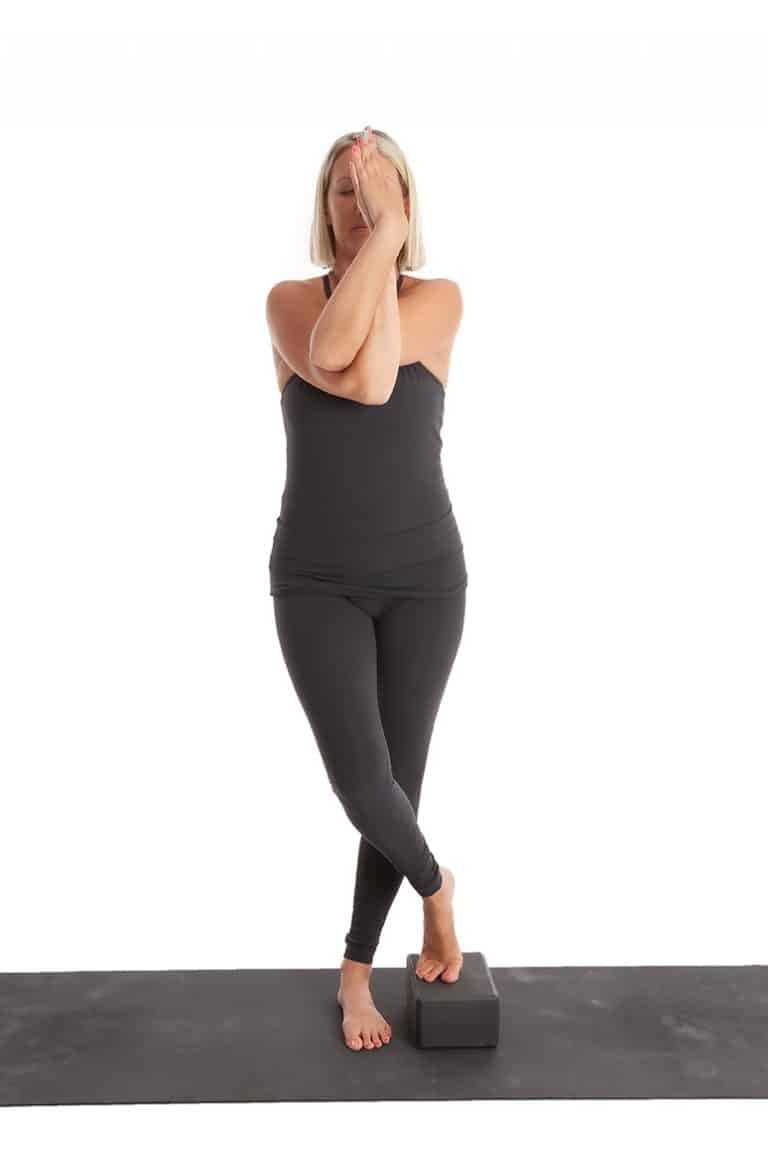
EXTERNAL ROTATION
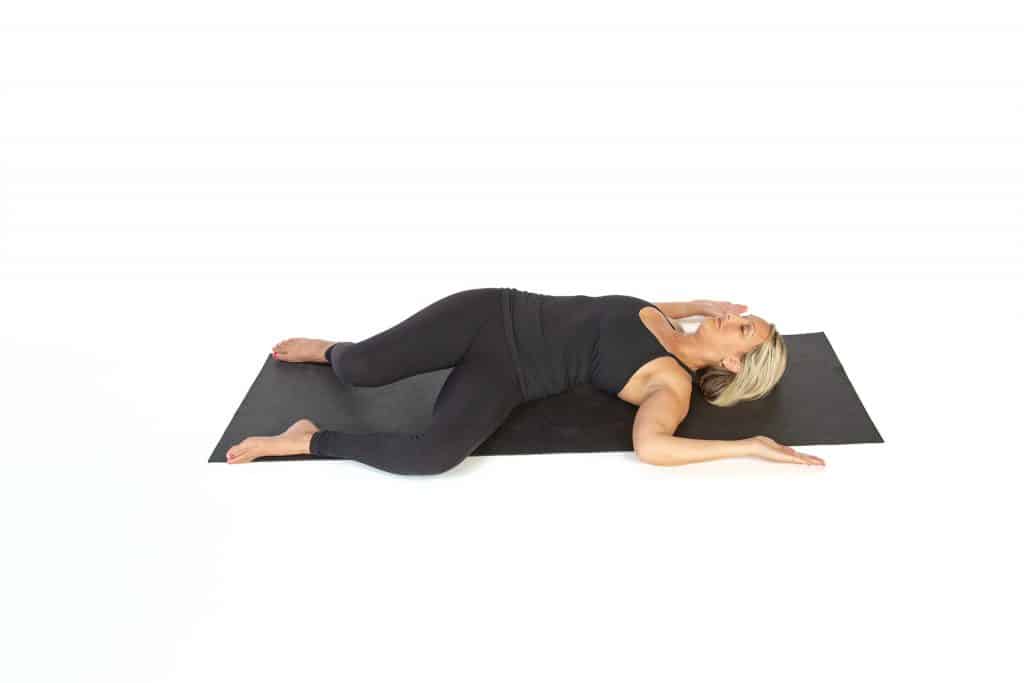

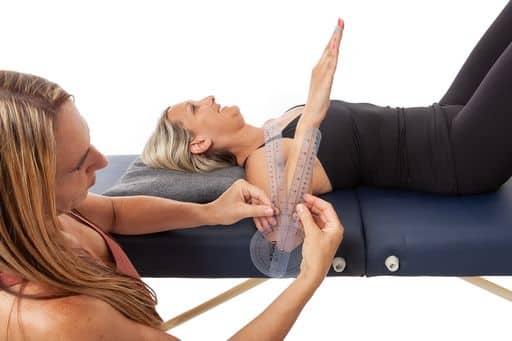
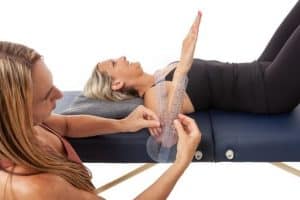 Assessing Range of Motion (ROM)
Assessing Range of Motion (ROM)